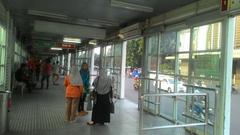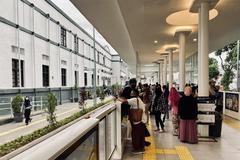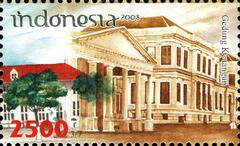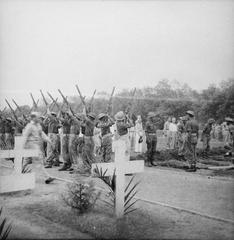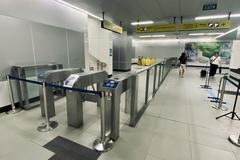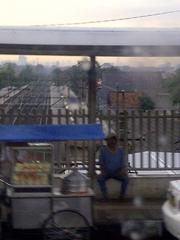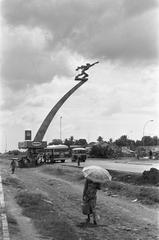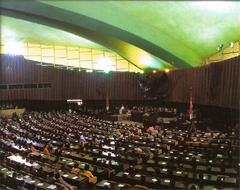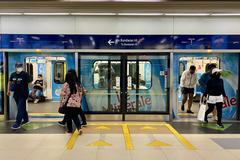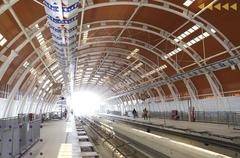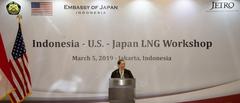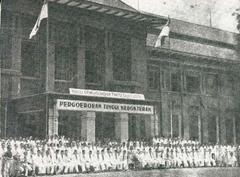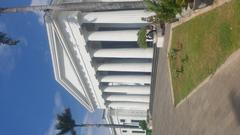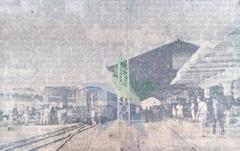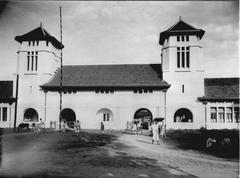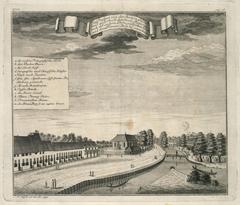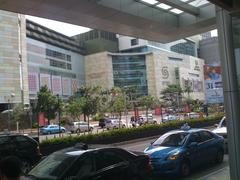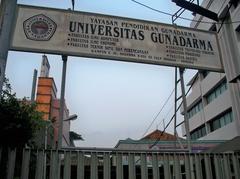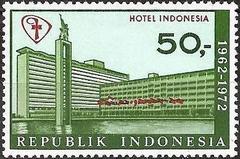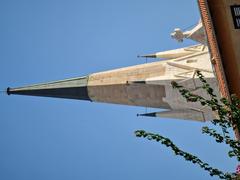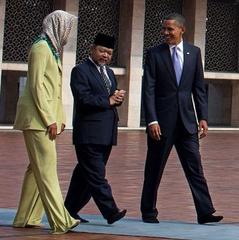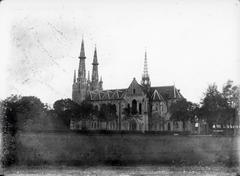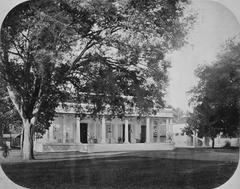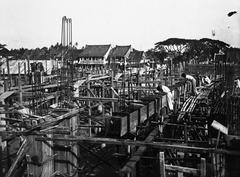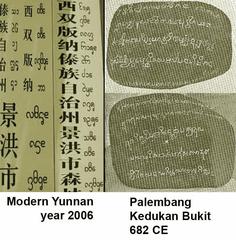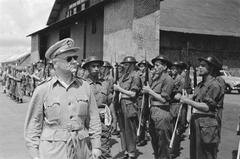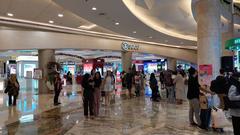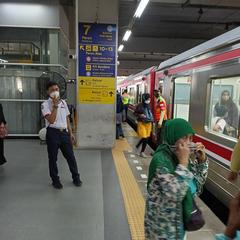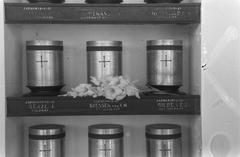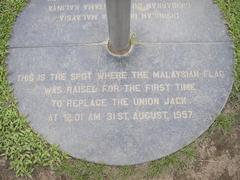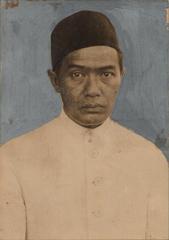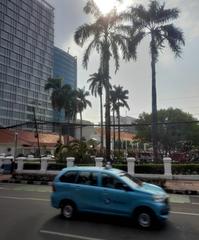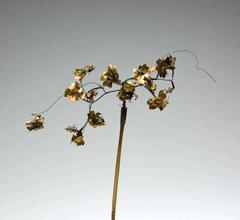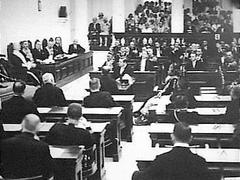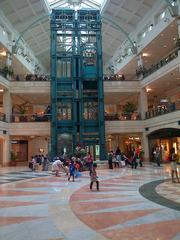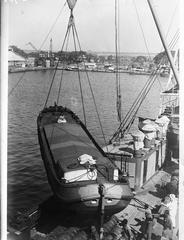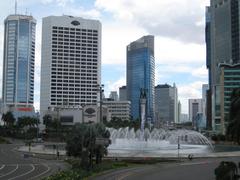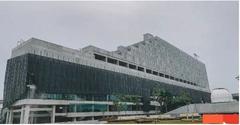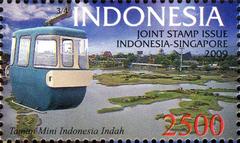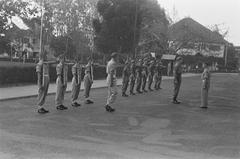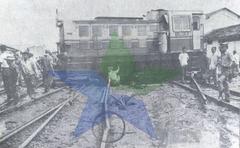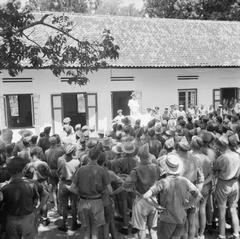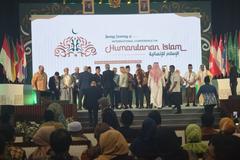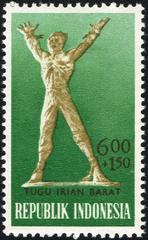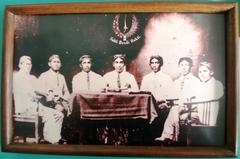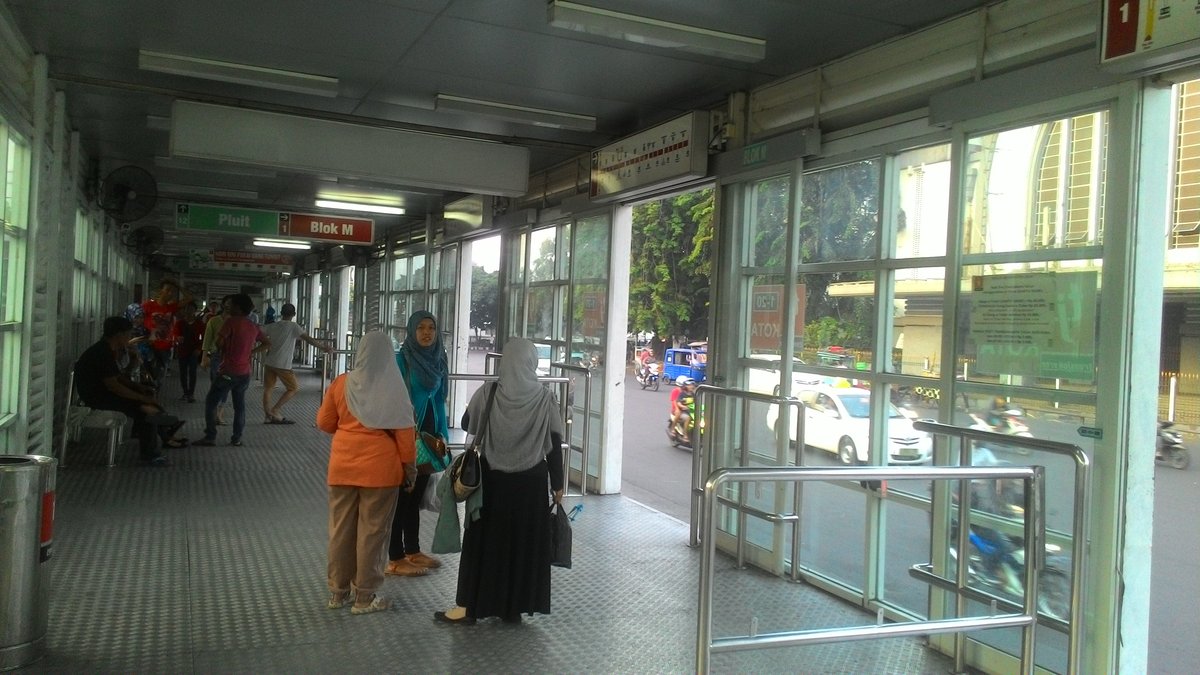
Kota Transjakarta Visiting Guide: Jakarta Historical Sites, Tickets, and Hours
Date: 15/06/2025
Introduction: Kota Tua and Its Enduring Legacy
Kota Tua (Jakarta Old Town) sits at the heart of Indonesia’s capital, offering a unique window into Jakarta’s colonial roots, multicultural evolution, and present-day urban vibrancy. Established in the early 17th century as Batavia by the Dutch East India Company, Kota Tua preserves over 280 heritage buildings, distinctive cobblestone streets, and iconic canals—each narrating stories from the colonial era through Indonesia’s path to independence and beyond (UCLG Learning; Metropolis).
Today, Kota Tua not only stands as a testament to Jakarta’s rich past but also as a dynamic cultural and transit hub. The area is seamlessly connected by the Transjakarta Bus Rapid Transit (BRT) system—especially Corridor 1 via Kota Station—alongside commuter rail (KRL), and future MRT and LRT lines, ensuring accessibility for all visitors (Kompas; ITDP; Wikipedia).
As you explore this guide, you’ll discover everything needed for a memorable visit: historical insights, transportation options, visiting hours, ticketing details, and practical tips for navigating one of Jakarta’s most treasured districts.
Contents
- Introduction: History and Significance
- Getting to Kota Tua: Transit and Accessibility
- Visiting Hours & Ticket Information
- Main Attractions and Visitor Experience
- Accessibility & Urban Integration
- Special Events and Tips
- Kota (Transjakarta) Station: Facilities & Connectivity
- Frequently Asked Questions (FAQ)
- Summary & Final Tips
- References
Historical Overview and Modern Revitalization
Colonial Origins and Urban Development
Kota Tua began as Batavia, the Dutch colonial capital, in the early 1600s. Its urban design was influenced by Dutch architecture: canal networks, grand administrative buildings, and neatly organized streets. The area became the epicenter of trade, governance, and cultural exchange during the colonial era (UCLG Learning; Metropolis). Many of these structures remain, repurposed as museums, galleries, and restaurants.
After Indonesian independence in 1945, the city’s growth shifted southward, and Kota Tua underwent periods of neglect. However, its role as a major transport hub persisted, especially with the Jakarta Kota railway station serving as a critical terminus (Kompas).
Revitalization and Heritage Conservation
Recognizing the district’s historical and economic value, Jakarta’s government launched comprehensive revitalization programs, particularly after Kota Tua was named a national tourism destination in 2011 (Metropolis). Efforts focus on restoring heritage buildings, developing pedestrian infrastructure, and applying for UNESCO World Heritage status, all while balancing tourism with local needs.
Getting to Kota Tua: Transportation and Accessibility
Transjakarta BRT: Fast, Affordable, and Efficient
Transjakarta’s Corridor 1 (Blok M – Kota) is the most direct and popular route for visitors to Kota Tua (Backindo; TravelSetu). Buses operate 24 hours, with IDR 3,500 single-ride fares payable via e-money cards or QRIS (SmartCity Jakarta). Most stations, including Kota, are wheelchair accessible.
Tip: Use the JAKI app for real-time schedules and route planning.
Feeder Buses and Last-Mile Options
Feeder buses extend Transjakarta’s reach, making it easy to connect from hotels or residential areas (Rukita). Transfers within the system incur no additional fare.
KRL Commuter Line
KRL trains link Jakarta’s suburbs to Kota Tua, terminating at Jakarta Kota Station adjacent to Fatahillah Square (TravelSetu). Fares start at IDR 3,000, with accessible facilities and high-frequency service.
MRT & LRT Integration
While MRT and LRT lines do not yet reach Kota Tua directly, transfers are simple via Transjakarta and the KRL at central hubs (SmartCity Jakarta).
Taxis, Ride-Hailing, and Ojek
Taxis (e.g., Blue Bird), ride-hailing apps (Gojek, Grab), and motorcycle taxis (ojek) offer convenient, flexible options for groups or travelers with luggage. Fares vary and can be confirmed within each app.
Cycling and Walking
Explore Kota Tua’s pedestrian-friendly core by foot or rent a bicycle for a relaxed tour of historic streets and nearby Sunda Kelapa Harbor (Backindo).
Visiting Hours and Ticket Information
Museum and Site Hours
- Tuesday to Sunday: 09:00–16:00 (some museums until 15:00)
- Closed: Mondays and public holidays
Ticket Pricing
- Museums: IDR 5,000–20,000 (adults), discounts for children, students, and seniors
- Special Events/Exhibitions: Additional charges may apply
Note: Carry small cash for tickets, street food, and souvenirs.
Main Attractions and Visitor Experience
Fatahillah Square
The focal point of Kota Tua, Fatahillah Square is surrounded by grand colonial-era buildings and animated by street performers, vendors, and tourists. Renting a vintage bicycle (sepeda ontel) is a popular activity (insiderfandom.com).
Jakarta History Museum (Museum Fatahillah)
- Hours: Tues–Sun, 09:00–15:00. Closed Mondays.
- Tickets: IDR 5,000 (adults), IDR 2,000 (children)
- Highlights: Dutch-era artifacts, period furniture, city maps, and historical exhibits (foodandtravelutsav.com).
Wayang Museum
Home to Indonesia’s shadow puppetry (wayang kulit and wayang golek), with weekend puppet performances and affordable entry fees (insiderfandom.com).
Fine Art and Ceramic Museum
Showcases Indonesian ceramics, paintings, and sculptures, with regular workshops and changing exhibitions.
Café Batavia
This historic café offers colonial ambiance, panoramic views of the square, and a menu of Indonesian and international fare, often accompanied by live music (foodandtravelutsav.com).
Other Nearby Attractions
- Sunda Kelapa Harbor: Traditional port with wooden schooners
- Glodok (Chinatown): Markets, temples, and authentic street food
- Guided Tours: Available at museums and through local operators
Accessibility and Pedestrian Experience
Kota Tua’s core is designed for pedestrians, with upgraded sidewalks, limited vehicle access, and facilities for people with disabilities (Loengan). Most main museums provide ramps and elevators, though some historic sites may have limited access.
Facilities include: Public restrooms, tourist info booths, ATMs, and security patrols.
Events, Activities, and Practical Tips
- Cultural Festivals: Regular events at Fatahillah Square, especially on weekends.
- Photography: The colonial facades, canals, and vibrant street scenes are ideal for photos.
- Best Time to Visit: Early morning or late afternoon to avoid heat and crowds.
- Safety: Keep valuables secure; standard urban precautions apply.
- Dress Code: Light, modest clothing and comfortable shoes.
Kota (Transjakarta) Station: Key Information
Operating Hours and Tickets
- Hours: 05:00–22:00 daily
- Fare: IDR 3,500 (integrated with Jak Lingko for seamless transfers)
- Ticket Purchase: At station counters, vending machines, or via the Transjakarta app; Jak Lingko card recommended for multimodal journeys
Facilities and Accessibility
- Ramps, elevators, tactile paving, clear signage
- Real-time passenger information, security staff, and CCTV
- Direct connections to KRL Commuter Line and soon the Jakarta MRT (ekaputrawisata.com)
Urban Integration and Future Developments
- Pedestrian enhancements and low-emission zones in the Kota Tua area
- Planned full pedestrianization and MRT North-South Line extension by 2027
- Transit-Oriented Development (TOD) principles guide area revitalization (Wikipedia; SmartCity Jakarta)
Frequently Asked Questions (FAQ)
Q: What are the hours for Kota Tua museums?
A: Tuesday–Sunday, 09:00–16:00 (some until 15:00). Closed Mondays and public holidays.
Q: How much are tickets?
A: IDR 5,000–20,000, with discounts for children and students.
Q: Is Kota Tua accessible for wheelchair users?
A: Most main attractions are accessible; some older buildings have limited access.
Q: How do I get to Kota Tua using public transport?
A: Take Transjakarta Corridor 1 or KRL Commuter Line to Kota Station.
Q: Are guided tours available?
A: Yes, at museums and through local tour operators.
Summary and Final Tips
Kota Tua Jakarta, anchored by the Kota (Transjakarta) station, is a shining example of how historical preservation can blend with modern urban connectivity. Offering a wealth of attractions, affordable tickets, accessible facilities, and seamless transport links, Kota Tua is a must-visit for history lovers and urban explorers alike (UCLG Learning; ITDP; Kompas).
The area’s ongoing revitalization, guided by principles of sustainable development and transit-oriented planning, promises an even brighter future for Jakarta’s Old Town. Enhance your visit by using digital resources like the JAKI app for real-time transport and event updates.
Plan your journey, explore Jakarta’s heritage, and experience the vibrant fusion of history and modernity that defines Kota Tua.
References
- Cultural Heritage Jakarta, 2021, UCLG Learning
- Revitalizing Cultural Heritage in Jakarta’s Kota Tua Neighborhood, 2021, Metropolis
- Development of Mass Transportation in Jakarta, 2023, Kompas
- Transjakarta Study: Success of BRT in Jakarta, 2019, ITDP
- Transjakarta Wikipedia Page, 2025
- Jakarta Public Transportation Guide, 2025, Backindo
- How to Reach Kota Tua Old Town Tourism, 2025, TravelSetu
- Guide to Public Transportation in Jakarta, 2025, Rukita
- Discover Jakarta Old Town: A Complete Guide, 2025, ekaputrawisata.com
- Top 50 Tourist Attractions in Jakarta, 2025, insiderfandom.com
- Must Visit Attractions Jakarta, 2025, foodandtravelutsav.com
- Jakarta Old Town Walking Through Batavia’s Colonial History, 2025, Loengan
- Jakarta Metro Map and Public Transport Guide, 2025, ekaputrawisata.com
- Rute Transjakarta: Panduan Lengkap Jadwal dan Tips, 2025, idntimes.com
- JakLingko JAKI: Check Schedules for TJ, MRT, LRT Jakarta, 2025, SmartCity Jakarta
For more travel inspiration and up-to-date transport information, download the Audiala app. Follow us on social media and explore more guides to Jakarta’s top cultural and historical destinations.
